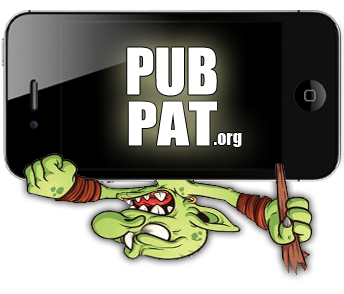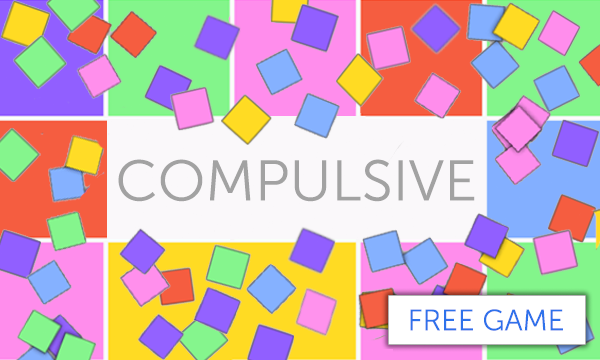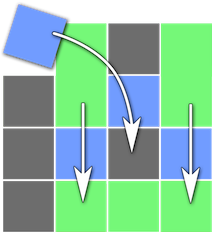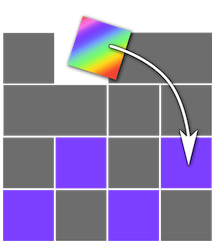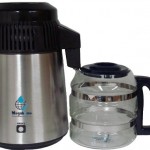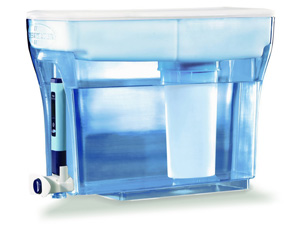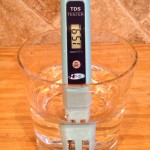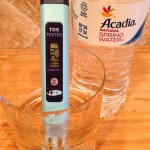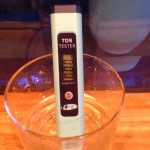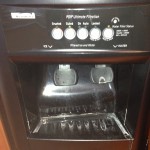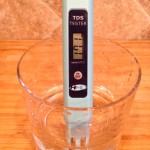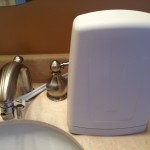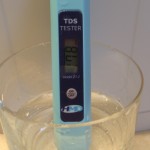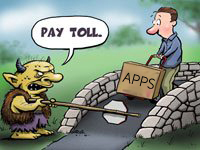 My company TMSOFT was recently sued by Lodsys in the eastern district of Texas. I initially thought I was being sued for using a hyperlink in my White Noise application (see below). I know now I’m being sued because the CEO of Lodsys didn’t like what I publicly said about their company. That’s right. I’m being sued because I called Lodsys a “patent troll” on my podcast, Tech 411.
My company TMSOFT was recently sued by Lodsys in the eastern district of Texas. I initially thought I was being sued for using a hyperlink in my White Noise application (see below). I know now I’m being sued because the CEO of Lodsys didn’t like what I publicly said about their company. That’s right. I’m being sued because I called Lodsys a “patent troll” on my podcast, Tech 411.
This all started in May, 2011 when my co-host and I re-launched Tech 411, formerly a radio show in Washington DC, as a podcast on iTunes. Our first couple shows discussed how Lodsys was going after app developers. I commented that Lodsys was “patent trolling” with “evil letters” that were “complete b.s.” Around this time Apple had featured our show and it quickly became the #1 tech news show on iTunes.
Shortly after these shows were published, I received one of the infamous Lodsys letters which said I was in violation of their patents. Their letter included a screenshot of White Noise showing a web page used to share news and cross promote other apps. They highlighted a hyperlink that would open a URL to another one of my apps on the App Store. If opening a URL to a web page or app store listing is in violation of their patents then everyone who publishes an app would be in violation.
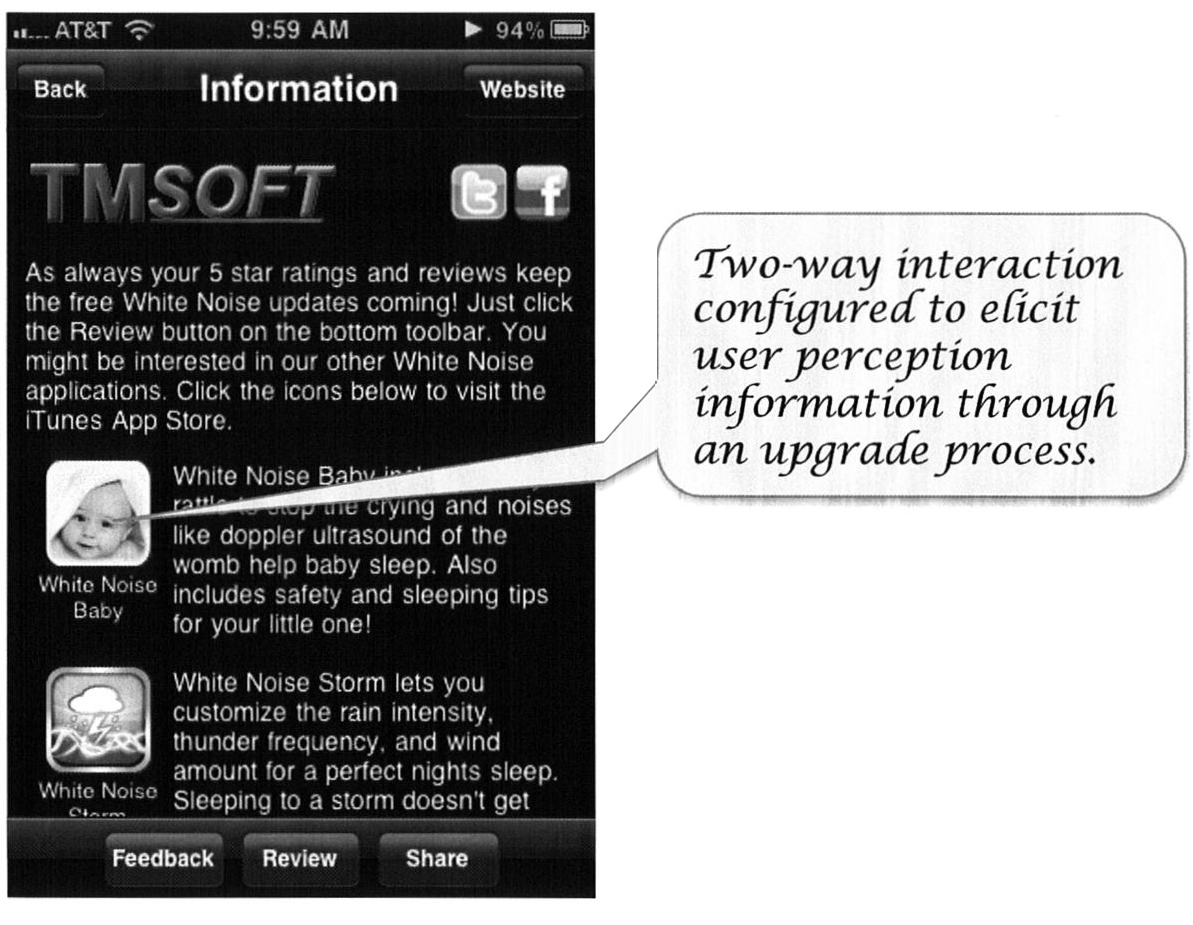
Lodsys claims this part of my White Noise app is a “Two-way interaction configured to elicit user perception information through an upgrade process” and is violating their patents. I call it a HTML hyperlink.
I invited Patrick Igoe, a registered patent attorney, onto Tech 411 Show #5 to discuss the matter. Patrick had already done analysis of Lodsys’ patents at his applepatent.com blog and he couldn’t find a single reason why app developers would be in violation. That was the same conclusion that Apple’s own legal counsel came to as well.
Over the course of a couple years, I received a few voicemails from either Lodsys or the law firm that was representing them. They wondered if I had any questions regarding taking a license agreement. The only question I ever came up with was wondering how they slept at night. I’m sure the White Noise I created for the purpose of better sleep wouldn’t help them. I continued to hope that Lodsys would think my company was too small to pursue.
That all changed when Lodsys sued another batch of App Store developers which included my company TMSOFT. They even filed suit against the Walt Disney Company. I guess I could be flattered that my little company is being sued along with a 100 billion dollar company, but it isn’t possible for smaller companies like mine to afford a proper patent litigation defense. I’m sure Walt Disney will be fine, but smaller companies like mine are usually forced to settle. And Lodsys really doesn’t want to go to court either; they just want companies to pay a licensing fee and not put up a fight.
I’ve been fortunate to have Dan Ravicher from PUBPAT (pubpat.org) represent my company pro bono in this matter. Pubpat is a not-for-profit organization that has the mission to protect freedom in the patent system. He’s a champion of the little guy who has offered to help app developers and small companies that have been targeted by Lodsys. He is currently representing local farmers against Monsanto, a company that is very aggressive with its patents on genetically modified seeds. He has presented at Google on protecting freedom in the patent system in which he describes some serious issues with our patent system.
Dan contacted the lawyer for Lodsys, who actually admitted to him that this wasn’t about money. It was about the things I said on my tech podcast and blog. During that time, the CEO of Lodsys, Mark Small, was getting a lot of negative media coverage and even wrote on his blog that he received several death threats. Mark obviously didn’t like the comments I made about his company and retaliated by sending a patent infringement letter.
Lodsys is seeking a percentage of revenue from the time they sent me the letter to the time their patent expired. Usually they request around 1% of your in-app-purchases. My company made about $500 with in-app-purchase during this time period and 1% of that is $5. What? I’m getting sued for $5? Given it cost Lodsys $350 to file the lawsuit I assumed they would ask for more than that. And they did.
Lodsys offered to settle with my company for $3,500. If I pay them off, what is stopping the next troll from knocking on my door? Nothing. And I’ve heard that if you pay a troll to go away it can lead to more trolls showing up. It’s like your company gets added to a spam list. That’s not a list I want to be on. I’d rather be able to talk about this issue and hope that at some point in the future our patent and legal system will change to address this serious problem. In the end, it’s dragging down our economy because small innovative companies have to spend time and money defending themselves against bogus lawsuits instead of hiring new employees.
My apps are not in violation of Lodsys’ patents. My lawyer believes this. Apple has stated app developers are not in violation. The EFF says it’s time to beat this troll. If I were to take the Lodsys offer then I’d have to sign terms where I couldn’t talk about it. That’s a real problem because there are lots of people that want to share their patent troll story but they are no longer allowed. I don’t want to be censored. I want to openly discuss issues that are facing my industry. I believe that this case will be dismissed (PUBPAT has filed the motion to dismiss below on TMSOFT’s behalf) and I hope this will open up a path for others to follow. Will you help me in this fight?
One thing you can do to help is spread the word to raise awareness. Share this article on Twitter and Facebook. Another thing you can do is donate to PUBPAT’s Defend Apps from Patents Campaign.
Additional Information:
- TMSOFT Motion to Dismiss under the Texas Citizens Participation Act and For Lack of Personal Jurisdiction – Filed 7/1/2013 – Download
- Innovators need patent reform: An open letter to Congress – Sign

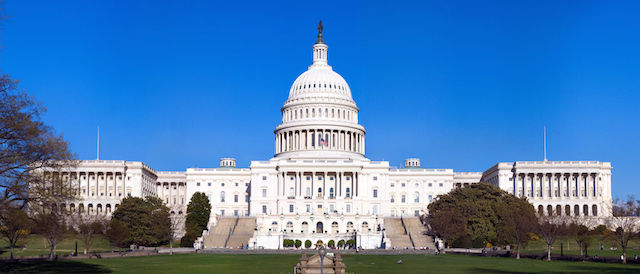
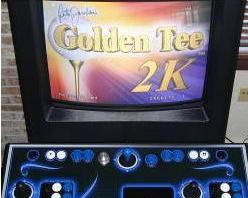



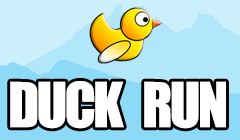
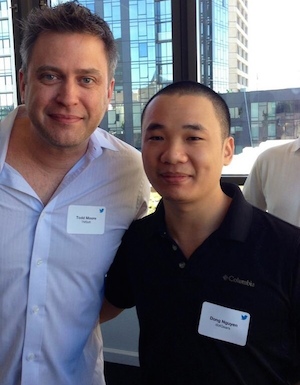 We all know the story of Flappy Bird and how it quickly became a huge success only to be removed from the App Store because the author couldn’t handle the stress. I covered this story on my
We all know the story of Flappy Bird and how it quickly became a huge success only to be removed from the App Store because the author couldn’t handle the stress. I covered this story on my 
